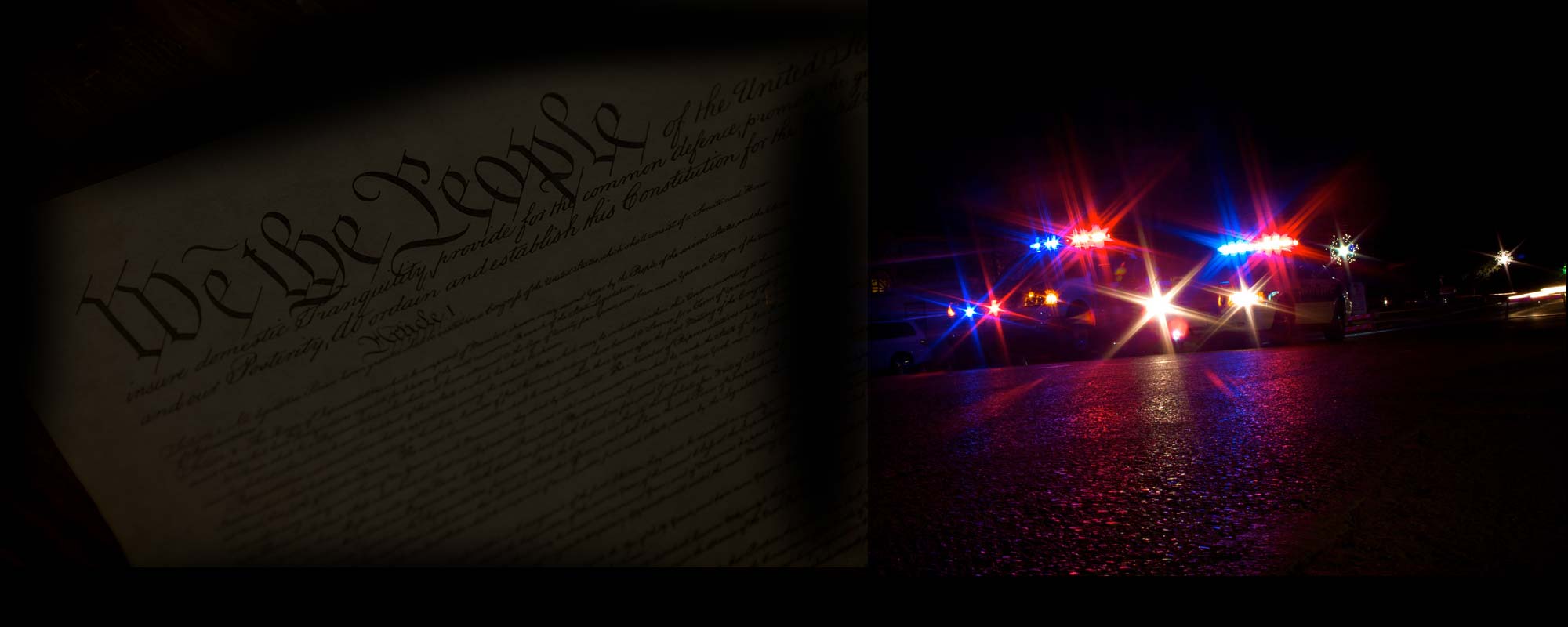FBI director James Comey, speaking to the annual convention of the American Bar Association in San Francisco on August 6, 2016, addressed the current issue of police conduct and recent police shootings:
“Each incident of real or perceived misconduct or attack on police, drives them further apart. This is a big, big problem for a whole lot of reasons, and I think the only answer is to get up close with each other.”
To close the gap between the police and communities of color, Comey says we have to start at the top and hire more minorities, noting that 83% of current FBI agents are white, suggesting relations between the policed and the police will improve with more racial balance. Maybe so, but a better and faster remedy is perception repair.
Once again, a top official doesn’t quite get it and appears to have no idea what is the real problem. The real problem is unequal protection of the law, which may be subconsciously race based, but plays out very publicly when police encounters boil over and become violent, angry clashes because of the pent up anger and frustration brought on by the perception of unfair and unequal treatment of the policed, who only see a mere slap on the wrist of bad cops. This has as its root cause the poisonous brew of blind acceptance as true whatever a police officer says even when video/audio recordings show them to be lying, covering up through the standard police device of secret internal investigations of their wrongdoing, and the failure to publicly prosecute their often criminal treatment of the folks they are supposed to protect and serve.
Even if we were to achieve perfect racial balance in every police and law enforcement department in the country, the result will be the same. The trouble with most high placed officials is that they don’t see what goes on everyday in America’s courthouses; the police are believed almost 100%, often even when photographs conclusively demonstrate they are lying.
The vast majority of those who get to observe the system up close are those who are in the system in the lower courts where petty offenses are heard by the millions annually. This is where most citizens see the legal system at work.
These cases are not the stuff of TV or the daily news, but they are what forms the perceptions of the citizenry. What they see is routine unfairness, routine injustice and routine acceptance of the word of officers with practically zero repercussions when the camera catches them lying, using unnecessary or excessive force and resorting to using their firearms too quickly.
The solution is not solely racial balance in policing. The solution is visible equal justice, the most important component of which is the charging and prosecuting the police as we would a civilian for the same conduct and doing so, not with secret internal investigations, but with a public trial, and by video/audio recording of all police/citizen encounters. Equal justice will be perceived, if, and only when, equal justice is done. When minority communities see equal, fair treatment of everyone, without exception, police/community relations will improve, and violent clashes will subside. The police need to be shown that they have something to lose just like the rest of us when they violate the law. So far, all they have shown is the truth in the observation that the most dangerous people are those with little or nothing to lose.






